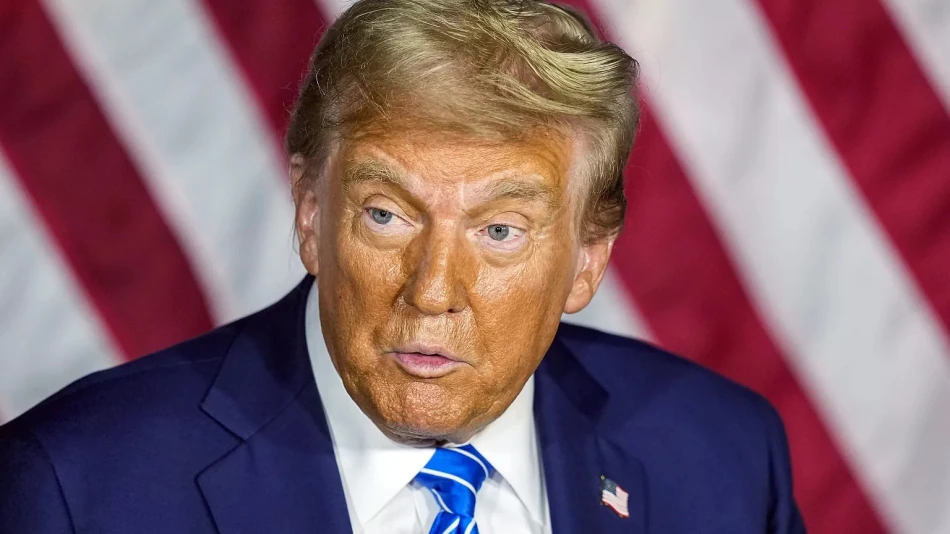
Former US President Trump Undergoes Treatment for Benign Tumor Below Knees
Trump Diagnosed with Chronic Venous Insufficiency as Health Transparency Takes Center Stage
The White House has disclosed that President Donald Trump suffers from chronic venous insufficiency, a circulatory condition causing mild swelling in his lower legs. The revelation came during a press briefing addressing speculation about recent bruising on the president's hands, marking an unusually detailed health disclosure early in Trump's second term.
Medical Details and Diagnosis
White House Press Secretary Carolyn Levitt announced that Trump underwent comprehensive medical evaluation after noticing "mild swelling in his lower legs" in recent weeks. The diagnostic process included vascular studies and bilateral lower extremity venous Doppler examinations, which confirmed the chronic venous insufficiency diagnosis.
The condition, which affects blood circulation in the legs, is particularly common among individuals over 70 years old. Trump, at 78, falls well within the demographic most susceptible to this circulatory issue, which occurs when leg veins struggle to send blood back to the heart effectively.
Addressing Hand Bruising Concerns
The health disclosure emerged while Levitt was responding to questions about visible bruising on Trump's hands. She attributed the marks to "minor soft tissue irritation due to frequent handshaking and aspirin use" as a preventive measure for heart health.
This explanation suggests the administration is proactively addressing visual health concerns that might fuel speculation about the president's physical condition, a strategy that differs markedly from previous approaches to presidential health transparency.
Historical Context of Presidential Health Disclosure
The detailed medical information represents a notable shift toward transparency compared to Trump's first term, when health disclosures were often minimal and controversial. Previous presidents have varied significantly in their approach to health transparency, from Ronald Reagan's delayed Alzheimer's disclosure to more recent detailed annual physicals.
The timing of this announcement—early in the term and unprompted by major health incidents—suggests a calculated effort to control the narrative around Trump's age and fitness for office, particularly given ongoing political debates about presidential age limits.
Medical Implications and Management
Chronic venous insufficiency, while common in Trump's age group, requires ongoing management to prevent complications such as leg ulcers, blood clots, or more severe circulatory problems. Treatment typically involves lifestyle modifications, compression therapy, and regular monitoring.
The condition's impact on presidential duties appears minimal, as it primarily affects comfort and mobility rather than cognitive function or decision-making capacity. However, it does underscore the physical demands of the presidency on an aging leader.
Political Ramifications
This health disclosure arrives at a time when age-related concerns have become increasingly prominent in American politics. The administration's decision to voluntarily share specific medical details may serve as a preemptive strike against critics who question Trump's physical capacity to serve a full term.
The transparency approach could also set expectations for regular health updates throughout the term, potentially making presidential health a more routine topic of public discourse rather than a source of speculation and controversy.
Most Viewed News

 Sara Khaled
Sara Khaled






